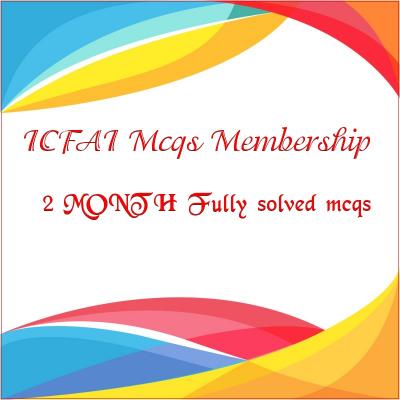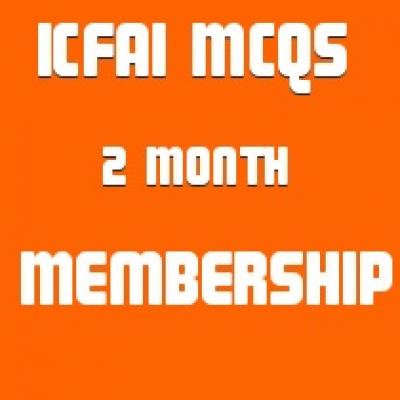Total Quality Management
Price:
Rs358
Total Quality Management SOLVED PAPERS AND GUESS
Product Details: osmania University Total Quality Management
Pub. Date: NEW EDITION APPLICABLE FOR Current EXAM
Publisher: MEHTA SOLUTIONS
Edition Description: 2021-22
RATING OF BOOK: EXCELLENT
ABOUT THE BOOK
FROM THE PUBLISHER
If you find yourself getting fed up and frustrated with other osmania University book solutions now mehta solutions brings top solutions for osmania university Total Quality Management contains previous year solved papers plus faculty important questions and answers specially for osmania University .questions and answers are specially design specially for osmania University students .
Please note: All products sold on mbabooksindia.com are brand new and 100% genuine
- Case studies solved
- New addition fully solved
- last 5 years solved papers with current year plus guess
FULLY SOLVED BOOK LASY 5 YEARS PAPERS SOLVED PLUS GUESS
3.1: TOTAL QUALITY MANAGEMENT
Unit-I: TQM- History and Evolution
Connotations of Quality, Quality Dimensions – Product and Service. The concept of TQM, Evolution of TQM – Inspection, SQC, QA and TQM. Conventional quality management versus TQM. Customer supplier focus in TQM. Benefits and Costs of TQM. Historical perspectives of TQM. Quality System Awards and Guidelines – ISO, Malcolm Baldrige National Quality Award (MBNQA), European Foundation for Quality Management (EFQM).
Unit-II: Tools of TQM
Measurement Tools: Check Sheets, Histograms, Run Charts, Scatter Diagrams, Cause and Effect Diagrams, Pareto’s Chart, Process Capability Measurement. Analytical Tools: Process Mapping, Regression Analysis, Resource Utilization and Customer Service Analysis, The Five Why’s, Overall Equipment Effectiveness. Improvement Tools and techniques: Kaizen, JIT, Quality Circles, Forced field Analysis, Five S’s. Control Tools: Gantt Chart, Network Diagram, Radar Chart, The PDCA cycle, Milestone Tracker Diagram and Earned Value Management.
Unit-III: Techniques of TQM
Quantitative techniques: Failure Mode Effect Analysis (FMEA), Statistical Process Control (SPC), Quality Function Deployment (QFD), Design of Experiments (DOE), Quality by Design and Monte Carlo Technique (MCT). Qualitative techniques: Benchmarking, The Balanced Scorecard, Sales and Operations Planning, Kanban and Activity Based Costing (ABC). Taguchi methods: Quality loss function, Orthogonal arrays, Signal-to-Noise ratio: Nominal- the- best, Target-the-best, Smallerthe-best, Larger-the-best. Parameter design, Tolerance design.
Unit-IV: Six Sigma
The concept of Six Sigma, Objectives of Six Sigma, The frame-work of Six Sigma programme, Six Sigma Organization: roles and responsibilities, Six Sigma problem solving approach: The DMAIC model, Six Sigma Metrics: Cost of poor quality, Defects per million opportunities and First pass yield. Benefits and costs of Six Sigma.
Unit-V: TQM in the Service Sectors
Implementation of TQM in service organization: Framework for improving service quality, Model to measure service quality programs. TQM in Health-care services, Hotels and financial services – Banks, Investment Company and Mutual Funds.
1. Books by courier
2. Delivery in 5-7 days
3. Courier india only
4. Rating of product : largest selling







